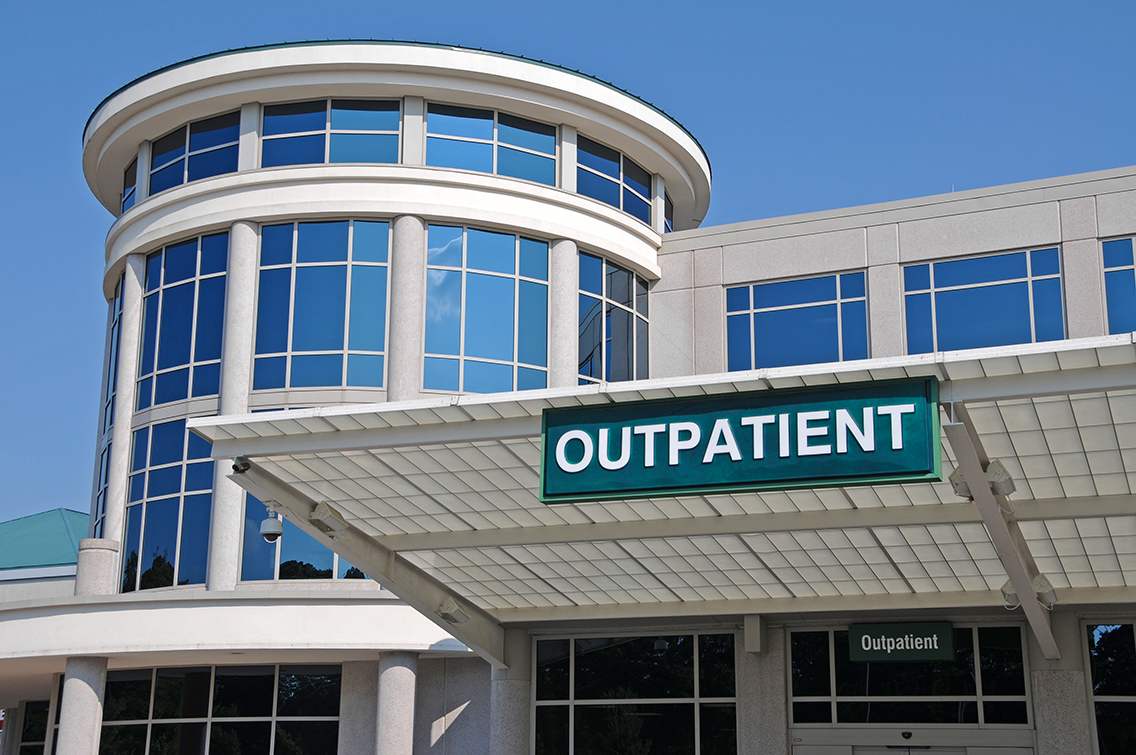Why is Healthcare Real Estate a Solid Investment?

What will 2020 bring in regard to new development, leasing, and financing in healthcare? That was one of the many questions tackled by panelists at the recent GlobeSt. Healthcare Real Estate Conference held here this week.
In one particular panel, for example, panelists discussed how investor groups are designing their strategies to meet the demands and challenges of the current market and shared their insights and predictions for key market dynamics.
Speaker Caroline Chido, SVP of acquisitions and development at Healthcare Trust of America Inc., said that she expects to see strong demographic trends in the healthcare industry. “Not only are people getting older, but they are living longer,” she said.
Jason Signor, CEO and partner of Caddis, said that one of the things that makes medical office an attractive investment is that it is half as volatile as other real estate in terms of risk. “But there is risk,” he said. “We have to get more aggressive in our underwriting. At the end of the day, underwriting real estate healthcare is about underwriting the group of doctors that is in your building.”
According to panelist Darryl Freling, managing principal of MedProperties Realty Advisors, one of the reasons there is so much new capital in the healthcare space aside from the growing awareness and attractiveness is because investors “believe we are on the tail end of an upcycle, and those investors are looking to cycle capital out of broader based real estate strategies into healthcare real estate.”
When moderator John Chang, SVP of research services at Marcus & Millichap Inc., mentioned that we have had a growth cycle for 10 years, panelists discussed how that might affect the flow of capital.
Freling pointed out that “there is a growing awareness over the last five years from investors. Healthcare has become such a huge national topic generally, and the awareness now of healthcare as an independent asset class is huge. “
He added that deals like Welltower’s $1.7-billion deal, for example, are indicative of demand. “Often you don’t see that large a scale assets coming on the market.”
Chido added that while the beginning of 2019 was a little slower, since the middle of 2019, there has been a big momentum and a lot of deals. “There are more deals to be had and that will continue in 2020.”
According to Freling, those large acquisitions are indicative of where things are going. “Most of the investment is in core and core plus. We invest in ground up and value-add acquisitions and we generally sell within three-four years. We have in recent years been shifting and doing more in the core and core plus space.”
Most of the new money, he added, “is chasing core and core plus space and that money is traditionally more aligned with a long term hold strategy. As you get into that, you start talking about cost of capital be incredibly important. That money typically wants to do big chunky deals. It is hard for them to put out money on a deal by deal basis.”
Lastly, he noted that if you manage to invest in a well-conceived asset, in a tertiary market, you have to be patient and it may be messy, but there is a lot of opportunity and less competition because that isn’t where the big capital is going.
For Chido’s company, they are differentiating themselves by focusing on key markets. “We stay focused on our key markets that isn’t as competitive as those looking for large chunkier portfolios.”
Wait! Don’t miss out on the latest insights
Sign up for Saschse Construction’s
e-newsletter below!
Featured Topics
Healthcare
INDUSTRY NEWS
Investment

